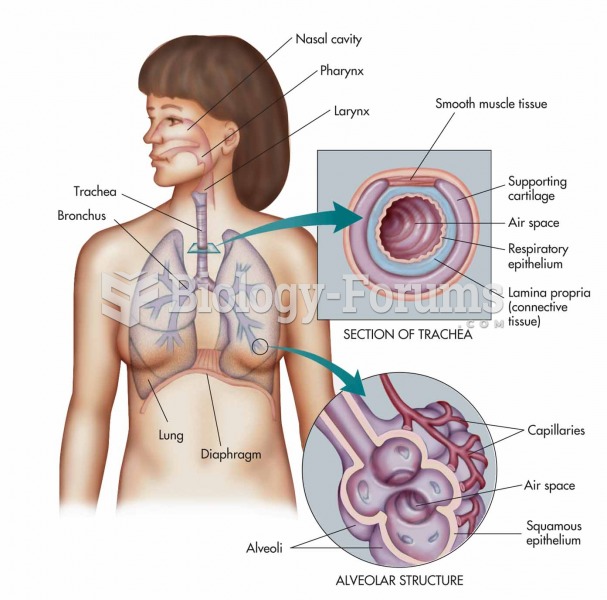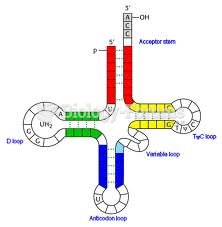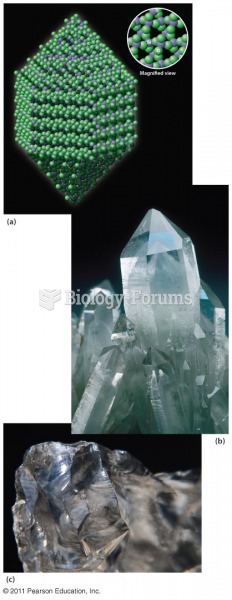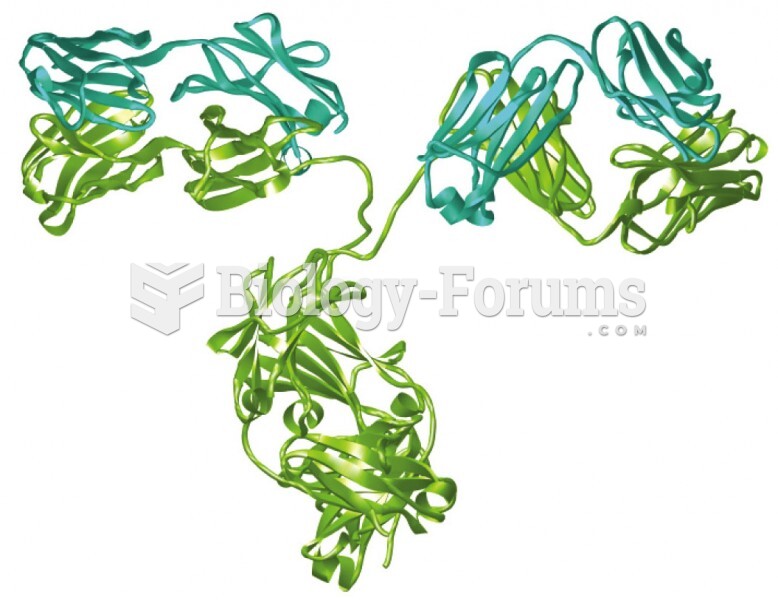|
|
|
Approximately 70% of expectant mothers report experiencing some symptoms of morning sickness during the first trimester of pregnancy.
In the United States, an estimated 50 million unnecessary antibiotics are prescribed for viral respiratory infections.
After 5 years of being diagnosed with rheumatoid arthritis, one every three patients will no longer be able to work.
The Food and Drug Administration has approved Risperdal, an adult antipsychotic drug, for the symptomatic treatment of irritability in children and adolescents with autism. The approval is the first for the use of a drug to treat behaviors associated with autism in children. These behaviors are included under the general heading of irritability and include aggression, deliberate self-injury, and temper tantrums.
The familiar sounds of your heart are made by the heart's valves as they open and close.







